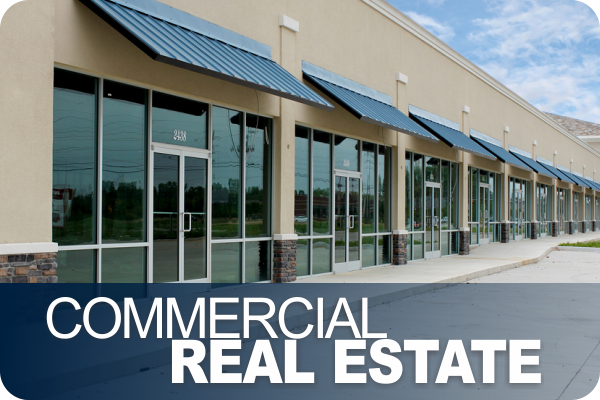In this era of re-engineering, real estate inevitably is being managed to reduce costs. But as companies restructure real estate holdings to meet the realities of smaller work-forces and streamlined business processes, the main issue they face is how to accommodate ongoing change. And, as more and more companies are learning, real estate can help organizations change or can encumber their efforts, needlessly draining resources along the way. Companies that manage real estate for long-term advantage follow these guidelines:
1. Real estate supports corporate strategy by leveraging locations, layouts, and leases to reduce costs, increase flexibility, and improve productivity.
2. Managers develop occupancy strategies and objectives by evaluating the company?s competitive situation as well as by analyzing internal operations and corporate culture.
3. The company uses objective, complete information to reveal portfolio opportunities, help formulate regional plans, and decide among location, layout, and leasing options.
4. Cost-benefit analyses begin with the business decision, not with the real estate decision; managers understand that the company?s needs will change during a facility?s life.
5. Affordability drives decisions about occupancy strategy and cost control; affordability is determined by considering a business unit?s profit structure and competitive situation, not by conforming to market and industry standards.
6. Managing space demand is the main lever in sustaining affordable costs once the company has reduced its space supply and has begun to use facilities more efficiently.
7. The company uses a zero-base analysis of space needs and costs to challenge standards that are set by industry benchmarks and best-practice examples.
8. Work space is allocated when and where it is needed, instead of being assigned by entitlement.
9. Employees are involved in planning alternative, more affordable work space; the greater their stake in its benefits, the more willing they will be to accept such changes.
10. Facilities are designed with generic and adaptable features?such as modular engineering and systems furniture?to maximize interior flexibility and sale or subleasing potential.
Every real estate decision has long-term consequences. But managers can build flexibility into their real estate portfolios and into individual facilities? physical and financial engineering. Moreover, they can realign their company?s holdings, no matter how large and complex, with market and competitive forces so that these facilities remain affordable and, at the same time, support corporate goals.
About Author : Mahlon Apgar, IV, advises leaders of corporations and governments on real estate and is a former partner of The Boston Consulting Group.
